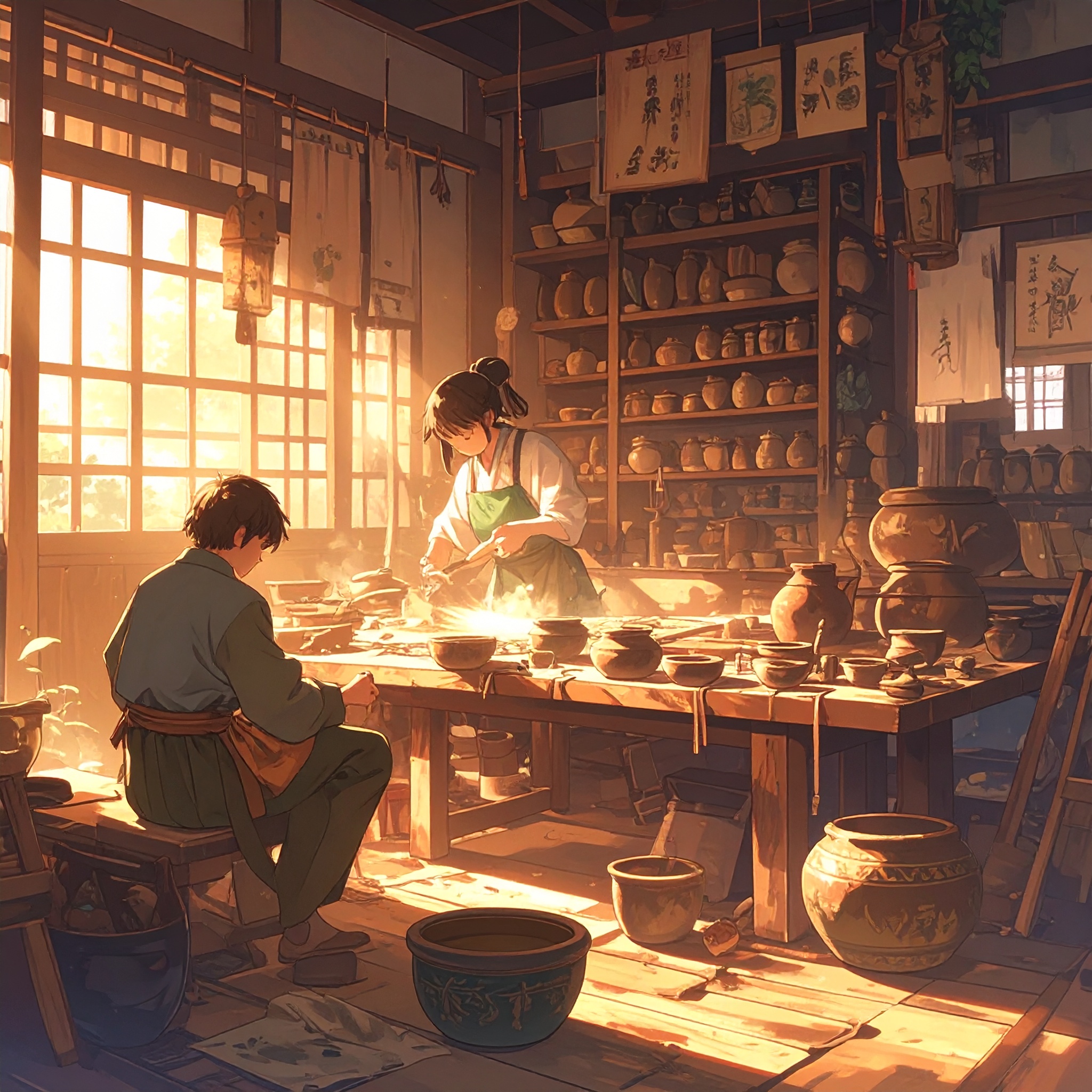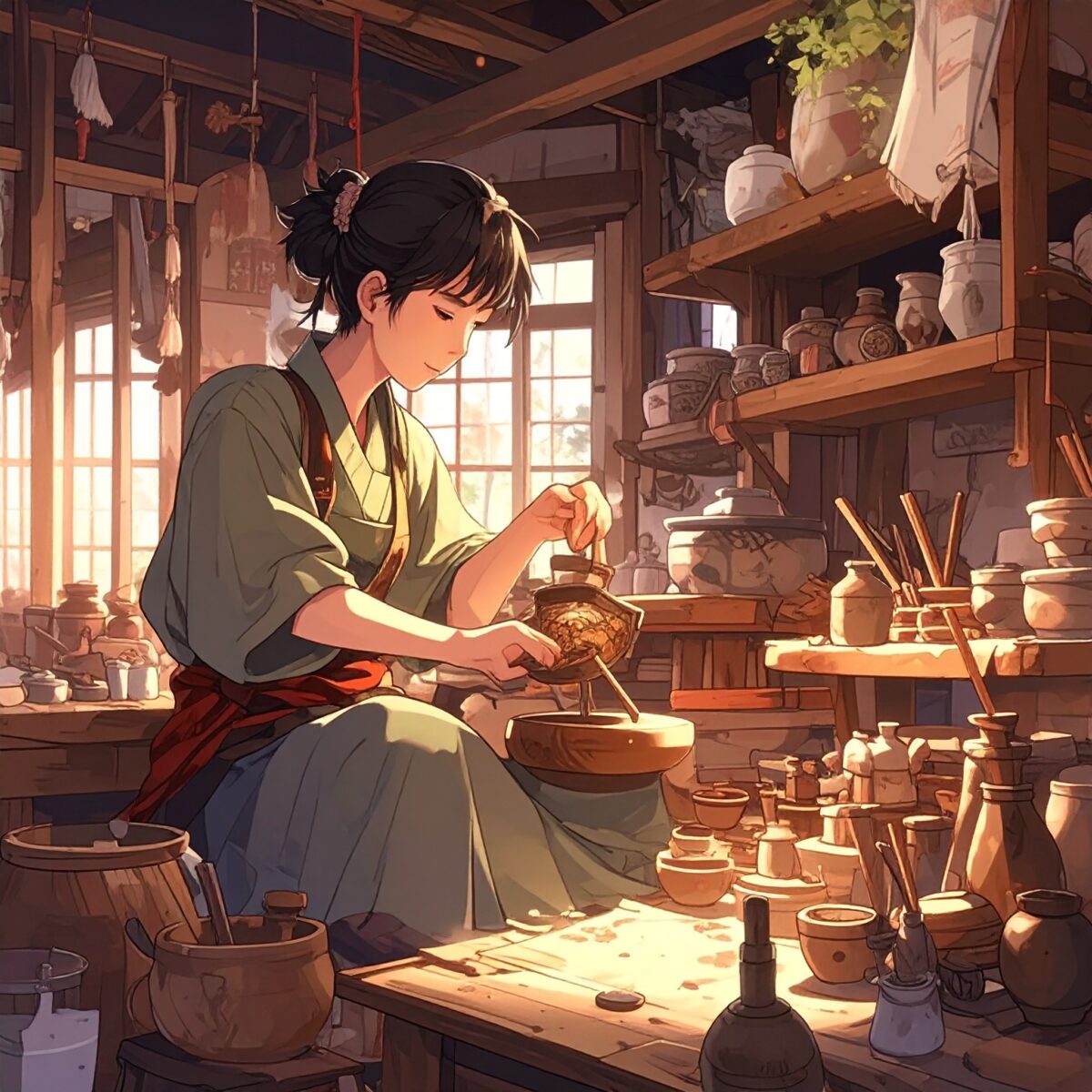In Japanese traditional crafts, there is more than the pursuit of beauty. Each piece carries within it time spent in dialogue with materials, the mastery of tools, and a spirit of transmission from one generation to the next. What has been passed down over the centuries is not merely perfected technique, but the very soul of making.
Whether pottery, lacquerware, textiles, or woodworking, every region’s craft is shaped by its unique climate, environment, and history of exchange. The clay used in one area, for instance, reflects the long story of its geological layers—each with different moisture content and firing properties. To work with such materials requires not only technical knowledge, but an intuitive understanding honed through years of experience. These are not skills acquired overnight—they are sensitivities absorbed into the body over decades of repetition.
Craftspeople do not simply teach techniques. Apprentices enter the workshop and learn by watching, assisting, and using their own hands. They observe each process, feel the weight of tools, and sense the subtle shifts in materials with their fingertips. Through this hands-on learning, invisible values take root—responsibility for one’s work, a focused mind, and deep respect for others.
This form of transmission is unlike formal education. Between teacher and apprentice flows a silent understanding, beyond words. Even moments of stillness, gestures, and how one responds to failure become part of the cultural fabric. To pass on a craft is to pass on a way of life, a system of relationships, and a philosophy of value.

In Japanese craftsmanship, a piece is not judged solely at the moment of its completion. Many objects are meant to evolve through use, growing more beautiful over time. Lacquerware, for example, develops a richer luster and a more comfortable feel the more it is used. Textiles soften and conform to the body, their colors mellowing with age. This embrace of change reflects a cultural attitude rooted in care, longevity, and respect for things.
In today’s world of mass production and speed, such quiet values can be easily overlooked. Yet recently, the understated charm of handmade goods has begun to draw renewed attention. Each handcrafted piece, with its unique character, not only enriches daily life but also invites us to pause and reflect—to live more mindfully with the objects around us.
Many crafts designated as cultural heritage are appreciated not just for their techniques and tools, but for the very way in which they are passed down. Tools are carefully maintained, workshops kept in order, and each step of the process is carried out with precision and care. These daily rhythms—unseen but essential—are what give shape to culture. And this culture does not exist for display; it breathes quietly within everyday life.
To make is more than a physical act. It is a dialogue with materials, a moment of introspection, and an offering from the heart for someone else. What is created by one hand is passed to another, used, cherished, and eventually handed down again. Through this quiet continuity, culture lives on.
What is passed from hand to hand carries more than skill—it holds spirit. Japanese craftsmanship continues to thrive today through these silent dialogues, resilient and graceful, rooted deeply in the rhythm of human life.




